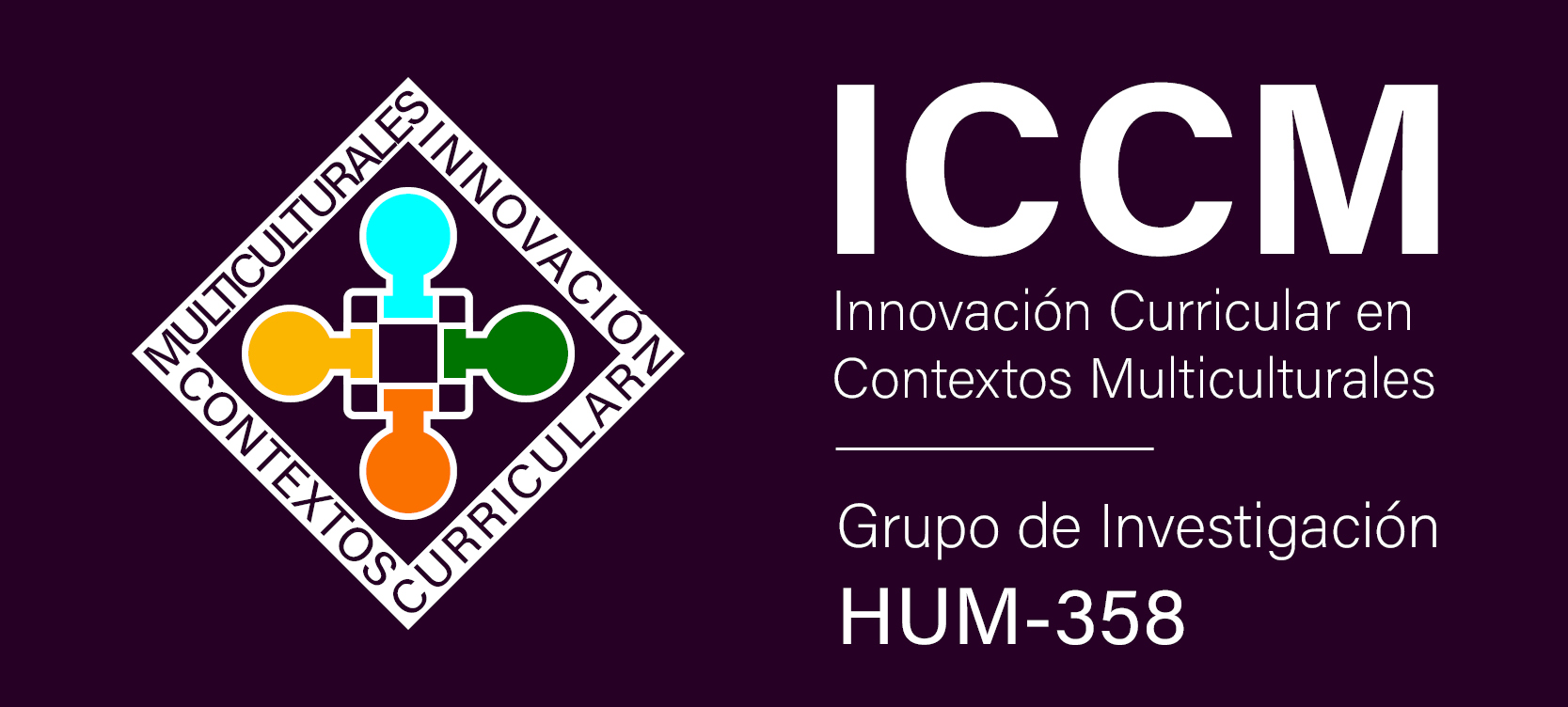IMPACTO DEL PROYECTO “LA MAGIA DE CONVIVIR” EN LA GESTIÓN PACÍFICA DE CONFLICTOS DENTRO DEL ÁMBITO EDUCATIVO
DOI:
https://doi.org/10.30827/modulema.v5i0.21586Palabras clave:
Convivencia, Mediación escolar, Multiculturalidad, Solución de conflictos, Inteligencias múltiplesResumen
La realidad de los centros educativos está cambiando, existe una realidad diversa que demanda actuaciones diferenciadas, estrategias y herramientas integradoras que potencien el aprendizaje cooperativo en igualdad, en un clima educativo adecuado y proactivo en la minimización del conflicto y la mejora de la convivencia en contextos educativos multiculturales. Este es el caso de la “Magia de convivir”, un proyecto innovador de mediación del CEIP Ángel de Haro de la localidad de Vera (Almería), integrado por diferentes estrategias que se ha convertido en poco más de dos años en sello de identidad del propio centro. El presente estudio muestra, a través del análisis de datos cuantitativos y cualitativos de diferentes registros internos, evidencias que validan la hipótesis de que un modelo de convivencia de gestión pacífica de conflictos desde un enfoque restaurador y reparador que potencie la educación en valores, la empatía y la educación intercultural, otorgando al alumnado una segunda oportunidad, mejora los niveles de conflictividad reduciendo los casos de conductas contrarias/graves registradas y la convivencia del centro.
Descargas
Citas
Aguado Odina, T., Gil Pascual, J.A., Jiménez-Frías, R.A. & Sacristán Lucas, R. (1999). Diversidad cultural e igualdad escolar. Un modelo para el diagnóstico y desarrollo de actuaciones educativas en contextos escolares multiculturales. Revista de Investigación Educativa, 2(17), 471-475. https://digitum.um.es/digitum/handle/10201/44986
Boqué, M.C. (2018). La mediación va a la escuela. Madrid. Narcea.
Boqué, M.C. (2020). Prácticas restaurativas para la prevención y gestión de los conflictos. 20 círculos de la palabra y una asamblea en el aula. Narcea.
Boqué, M.C., Corominas, Y., Escoll, M. & Espert, M. (2021). Hagamos las paces. Gestión de la convivencia y mediación de conflictos en infantil. Octaedro.
Carmona, O. & Busto, A. (2018). El genio que llevas dentro. Retos y juegos para ejercitar las inteligencias múltiples. Penguin Random House Grupo Editorial, S. A. U.
Dalouh, R., Soriano Ayala, E. & El Ejbari El Bachir, N. (2013). Mediación intercultural, escuela y familia. En Soriano et al., La Educación Intercultural en Andalucía, 87-102. Junta de Andalucía. Consejería de Justicia e Interior. https://blogsaverroes.juntadeandalucia.es/orientacionalmeria/files/2013/05/Educación-intercultural-Andalucia.pdf
García, B. (2008). Introducción a la mediación intercultural en el ámbito educativo. Tonos Digital. Revista electrónica de estudios filológicos, 15, 1-7. http://www.tonosdigital.es/ojs/index.php/tonos/article/view/182/142
Hopkins, B. (2020). Tiempo de círculo y reuniones en círculo. Conselleria Educació, Universitat i Recerca, Govern Illes Balears.
Lederach, J.P. (1996). Preparing for peace. Conflict transformation across cultures. Syracuse University Press.
Soriano Ayala, E; Montes Muñoz, A.; Ruiz Paris, C.; Rubio Plaza, M.I.; Guerrero Haro, B; García Argüello, J.M; Dalouh, R. & El Ejbari El Bachir, N. (2013). La educación intercultural en Andalucía. Consejería de Justicia e Interior de la Junta de Andalucía.
Torrego, J.C. (2018). La ayuda entre iguales para mejorar la convivencia escolar. Narcea.
Torrego, J.C. (2000). Mediación de conflictos en instituciones educativas: manual para la formación de mediadores. Narcea.
Uruñuela, P.M. (2016). Trabajar la convivencia en los centros educativos. Narcea.




















